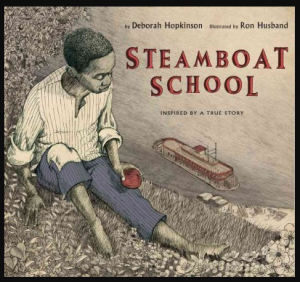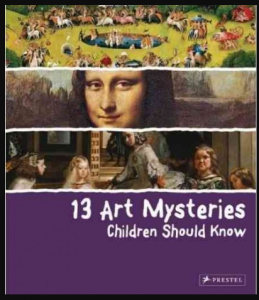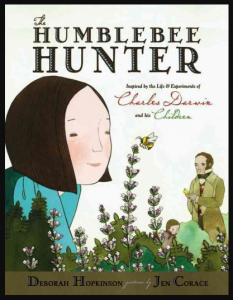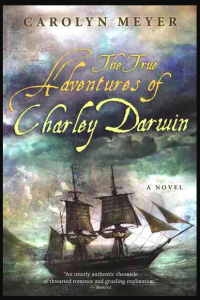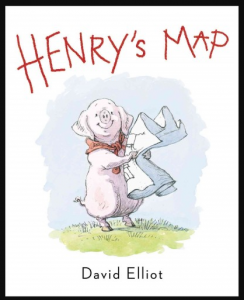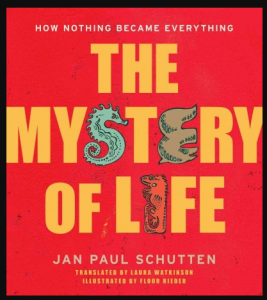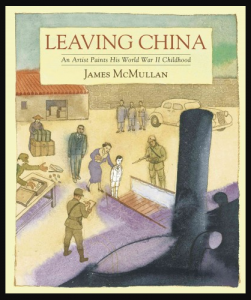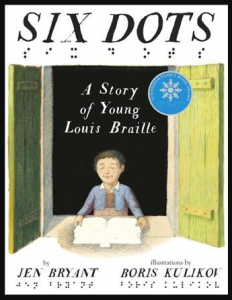Hopkinson, Deborah. Steamboat School: Inspired by a True Story. Los Angeles: Disney•Hyperion, 2016.
A law against educating African Americans was established in Missouri in 1847. But a minister – John Meachum – found a way around this restriction by creating a school in the middle of the Mississippi River. Ron Hubbard, the first African American animator at Disney Studios, provides vivid illustrations for this moving story useful as a read-aloud for readers 9 years old and up. An afterward provides additional information including recommended websites and books. [African Americans; Historical fiction; Missouri; Racism; Schools]
More stories about people of African heritage HERE
More historical fiction stories HERE
